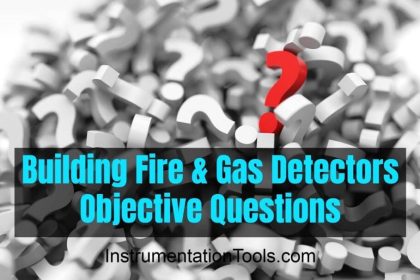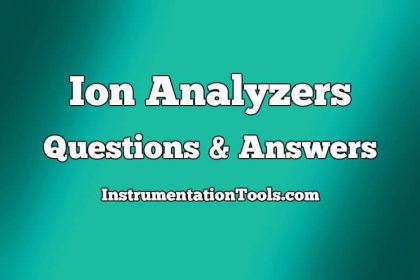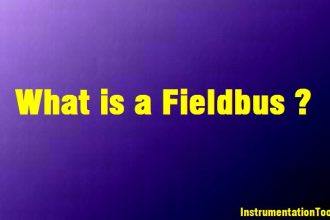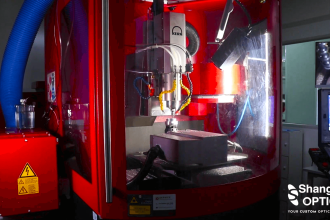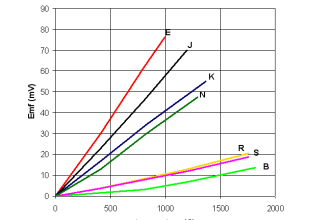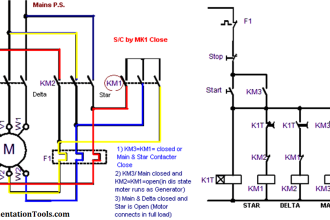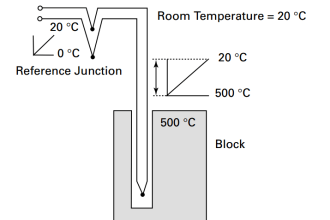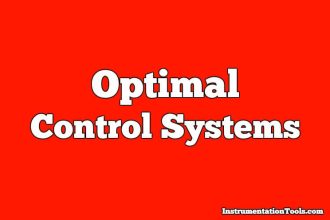Fourier Transform NMR Spectroscopy Questions & Answers
1. Fourier transform NMR spectrometer allows NMR transitions to be observed simultaneously.
a) True
b) False
Answer: a
Explanation: Fourier transform NMR spectrometer is a type of NMR spectrometer. It allows samples to be observed simultaneously instead of serially.
2. Fourier transform NMR spectrometer has which of the following characteristics?
a) Increased sensitivity, long time to obtain data
b) Decreased sensitivity, long time to obtain data
c) Increased sensitivity, reduced time to obtain data
d) Decreased sensitivity, reduced time to obtain data
Answer: c
Explanation: Fourier transform NMR spectrometer has increased sensitivity. It takes less time to obtain NMR data.
3. Which of the following cannot be done due to the multiplex advantage?
a) Repetitive signals can be summed
b) Repetitive signals can be averaged
c) Increases signal to noise ratio
d) Decreases signal to noise ratio
Answer: d
Explanation: The multiplexing advantage allows improvement of the signal to noise ratio. It also allows repetitive signals to be summed and averaged.
4. Two coils are necessary in Fourier transform NMR spectroscopy.
a) True
b) False
Answer: b
Explanation: Only one coil is necessary in Fourier transform NMR spectroscopy. The coil serves as both antenna for transmitting and receiving RF radiation.
5. Which of the following is the disadvantage of conventional mode of spectrometer or continuous-wave NMR spectrometer?
a) They are unstable
b) Maintenance is difficult
c) High operating cost
d) Excitation is inefficient
Answer: d
Explanation: The disadvantage of conventional mode of spectrometer or continuous-wave NMR spectrometer is that the excitation is inefficient. Only a narrow band of frequencies are contributing to the signal at a time.
6. Which of the following must be done to improve sensitivity?
a) Frequency sweep mode must be preferred
b) Field sweep mode must be preferred
c) Single channel excitation must be preferred
d) Multichannel excitation must be preferred
Answer: d
Explanation: Sweep techniques have less sensitivity. To improve sensitivity, multichannel excitation must be preferred.
7. Which of the following is the disadvantage of multichannel excitation?
a) Low sensitivity
b) Low resolution
c) Small number of frequencies is present
d) Uneconomical
Answer: d
Explanation: Large number of frequencies is present in multichannel excitation. This is uneconomical since a receiver is required for each channel.
8. How can the need for array of narrow-band filters and detectors be eliminated?
a) By using multi-channel excitation
b) By using a detector for each frequency
c) By reducing the number of detectors
d) By using Fourier transform
Answer: d
Explanation: Fourier transform plays the role of multichannel receiver. Hence, the need for array of narrow-band filters can be eliminated
9. Fourier transform can be accomplished by using which of the following components?
a) Spin decoder
b) Detector
c) Spectrum analyser
d) Oscilloscope
Answer: c
Explanation: Fourier transform can be accomplished by using spectrum analyser. Any complex waveform can be converted to frequencies using Fourier transform.
10. A 15.4 MHz crystal generates the _________ resonance frequency?
a) Hydrogen
b) Deuterium
c) Tritium
d) Helium
Answer: b
Explanation: A 15.4 MHz crystal generates the deuterium resonance frequency. This resonance signal is used to lock the magnetic signal to clock frequency.


